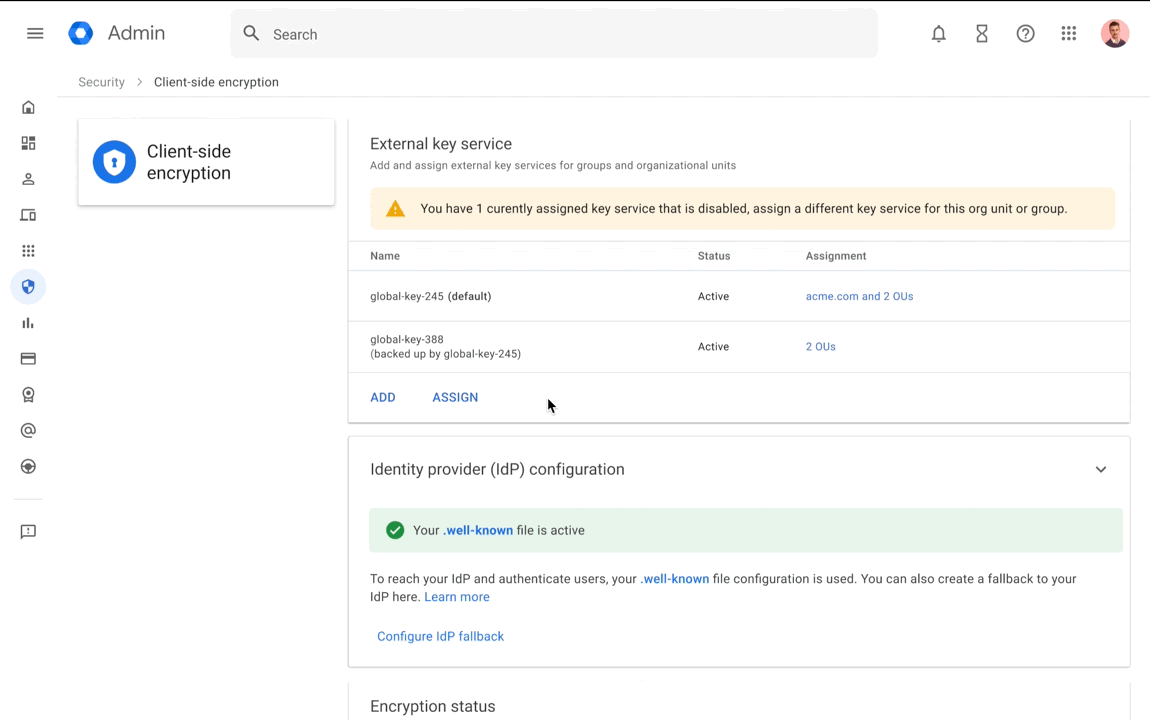What’s changing
Today, we’re introducing Access Approvals, which builds on Access Transparency and Access Management. Access Approvals allows customers to explicitly approve or deny Google employees access to data during support and general maintenance. Access approvals will be rolling out over the course of the next several weeks.
We’ve designed our systems to limit the number of employees that have access to customer data and to actively monitor the activities of those employees. Access Approvals allows our customers to set up granular controls—at an organizational unit or admin group level—to require explicit permission for Google to access covered content for a limited time period.
Who’s impacted
Admins
Why it’s important
Access Approvals provides admins granular control over how Google accesses that data when support requests are initiated or maintenance is being performed. Critically, this gives customers the ability to approve or decline access on individual requests.
We know it’s essential that our customers have visibility and control over their systems and how they’re accessed by Google. This update, along with Sovereign Controls for Google Workspace, Client-side encryption, data regions, and Access Management capabilities, provide solutions for our customers to reach their digital sovereignty goals.
Getting started
- Admins: Visit the Help Center to learn more about Access Approvals, Access Management and Access Transparency.
Rollout pace
- Rapid Release and Scheduled Release domains: Extended rollout (potentially longer than 15 days for feature visibility) starting on November 15, 2022
Availability
- Access Approvals is part of Google Workspace Assured Controls, which is available as an add-on for Google Workspace Enterprise Plus customers only. For more information, contact your Google account representative.














.png)
